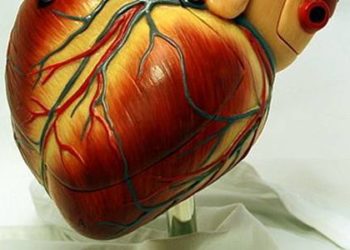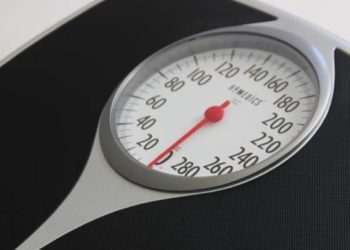Insulin management in hospitalized patients with diabetes mellitus on high-dose glucocorticoids
1. Using a 50% basal (glargine) and 50% bolus (lispro) insulin therapy, glucocorticoid (GC) exacerbated hyperglycemic patients were associated with higher capillary blood glucose (CBG) readings at bedtime and mealtimes, and a higher dose of lispro insulin at dinner and bedtime, compared to non-GC-exacerbated patients.
2. At dinner and bedtime, there were fewer hypoglycemic episodes in patients with GC-exacerbated hyperglycemia, compared to non-GC-exacerbated patients.
Evidence Rating Level: 2 (Good)
Glucocorticoids (GCs) impair insulin secretion and peripheral tissue glucose uptake, which can lead to GC-exacerbated hyperglycemia. This condition has been demonstrated to increase morbidity, prolong hospital stays, and increase risk of infection. Due to the rising prevalence of patients with diabetes mellitus (DM) and the increase in GC usage for various treatments in hospital, there is a need for proven protocols and dosing regimens to address GC-exacerbated hyperglycemia. This single-centre retrospective study based in the US examined an inpatient protocol of 50% basal (glargine) and 50% bolus (lispro) insulin therapy for hyperglycemic patients, with a comparison of the insulin requirement and capillary blood glucose (CBG) for DM patients with and without GC use. The study population consisted of 131 patients in the GC and non-GC groups that were matched by age (±10 years), gender, race, and HbA1C level (±0.5%). There were 349 hospitalization days in the GC group (excluding days with no GC treatment) and 646 hospitalization days in the non-GC group. The median daily dose of glargine was comparable in the GC and non-GC groups (0.24 units/kg, IQR 0.14-0.37 and 0.24 units/kg, IQR 0.17-0.34 respectively; p = 0.94). However, the median daily dose of lispro was 20% greater in the GC group, but was not significant (0.24 units/kg, IQR 0.13-0.30 compared to 0.20 units/kg, IQR 0.14-03.7; p = 0.06). The total insulin dose of glargine and lispro combined was 18% higher in the GC group, but was not significant (0.53 units/kg, IQR 0.32-0.79 compared to 0.45 units/kg, IQR 0.31-0.67; p = 0.21). The median lispro dose was similar in the GC and non-GC groups for breakfast and lunch, but was 20% higher at dinner in the GC group, which was significant (0.12 units/kg, IQR 0.08-0.17 compared to 0.10 units/kg, IQR 0.06-0.14; p < 0.01). As well, the difference between the dinner and breakfast or lunch lispro doses was significant within the GC group, but not significant within the non-GC group. In terms of CBG patterns, the daily CBG was significantly greater in the GC group (221±58 compared to 177±43 mg/dL; p < 0.001). As well, the CBG at bedtime and mealtimes were significantly higher in the GC group, particularly at dinner and bedtime. The prevalence of hypoglycemic episodes per hospitalization was lower in the GC group than the non-GC group, which was a significant difference at dinner and bedtime (0.9 vs 11.9%, p < 0.001 and 0.0 vs 5.9%, p = 0.03 respectively), but not significant at breakfast and lunch. Finally, the dose of GC was positively correlated with the average daily CBG (R = 0.446, p < 0.001), and also the daily lispro dose/kg (R = 0.17, p < 0.001), but not with the daily glargine dose/kg (R = 0.03, p = 0.58). Overall, the study found that CBG was greater in GC-exacerbated hyperglycemia at bedtime and mealtimes, and a greater dose of lispro insulin was needed at dinner and bedtime, emphasizing the need for higher bolus insulin to be administered at lunch and dinner for this condition.
Click to read the study in PLOSONE
Image: PD
©2021 2 Minute Medicine, Inc. All rights reserved. No works may be reproduced without expressed written consent from 2 Minute Medicine, Inc. Inquire about licensing here. No article should be construed as medical advice and is not intended as such by the authors or by 2 Minute Medicine, Inc.







